As far as smartphone enthusiasts are concerned, the debate between iOS and Android hardware is a never-ending one, and although we’ve seen increasing similarities between iPhones and several Android handsets, there are still some key differences that Apple’s flagship smartphones come with, such as what we’ve seen with the launch of the iPhone 15 series.
Perhaps one can say that this still rings true with the latest iPhone 15 series devices. Despite the premium price tag that Apple has stuck onto its newest phones, more discerning buyers might notice that there are still some features that place the iPhone behind competing Android phones. Sure, iPhones now have features like AODs, USB-C, and hole-punch camera cutouts – features that were pioneered by Android manufacturers – but we’ve seen a lot more developments since these. So what else does Apple need to work on?
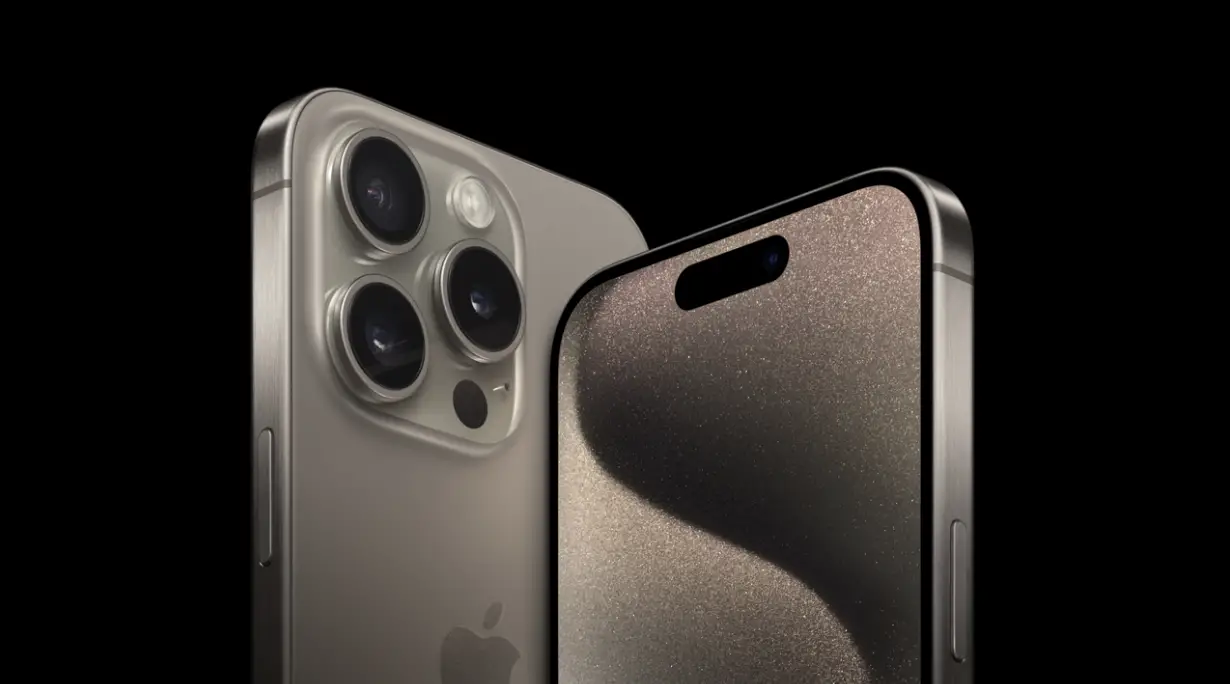
While a lot of users might agree that smartphone innovation has stagnated as of late, it should be said that one of the biggest advancements that we’ve recently seen with Android phones is battery technology. A number of Android manufacturers have already proven that they’re capable of giving us phones with support for ridiculously fast charging speeds. Brands like OnePlus and Xiaomi have continuously put out phones that can charge to a hundred percent in less than an hour, something that only years ago seemed unlikely.
A number of Android manufacturers have already proven that they’re capable of giving us phones with support for ridiculously fast charging speeds.
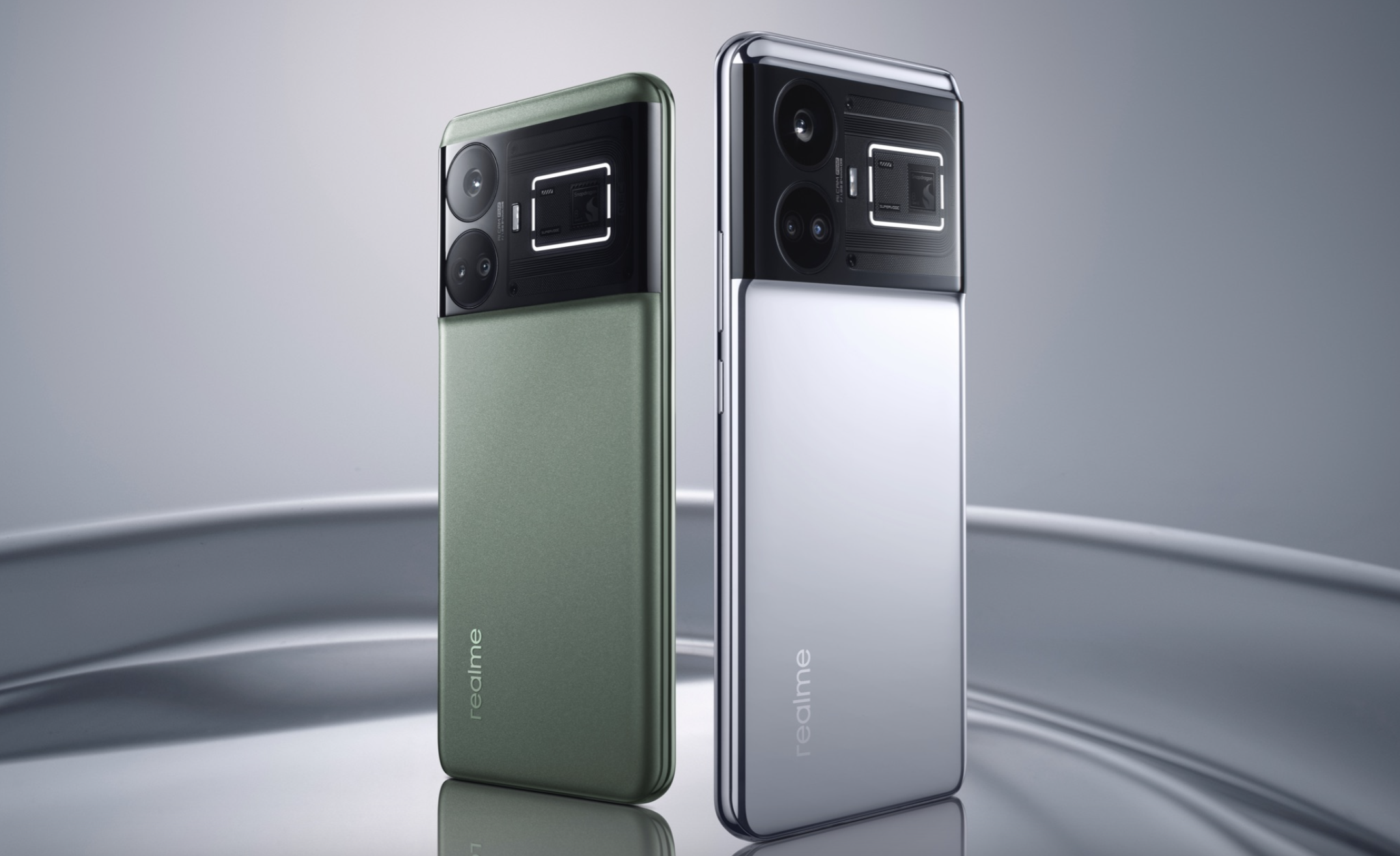
Today, it’s not uncommon to see an Android device with 66, 125, or even 240-watt fast charging. Take a look at Apple’s existing offerings though, and it’s a wonder why one of the world’s biggest tech brands still hasn’t offered users a faster way to charger their batteries. That’s not to say that new iPhones charge painfully slow – that medal still goes to the Pixel – however, it’s clear that Apple still has some catching up to do. For example, the iPhone 15 Pro max at most can only charge up to 50% in 30 minutes, a speed vastly outpaced by Android rivals.
Additionally, there’s been some concern that Apple’s newer iPhones use batteries that stick with older chemistry, in an attempt to cut down on manufacturing costs. This results in faster degradation, which might push users to upgrade much earlier on. By comparison, brands like OnePlus for example have equipped their devices with batteries that can endure more charge cycles – up to 1,600 at most – before permanently degrading to 80% capacity.
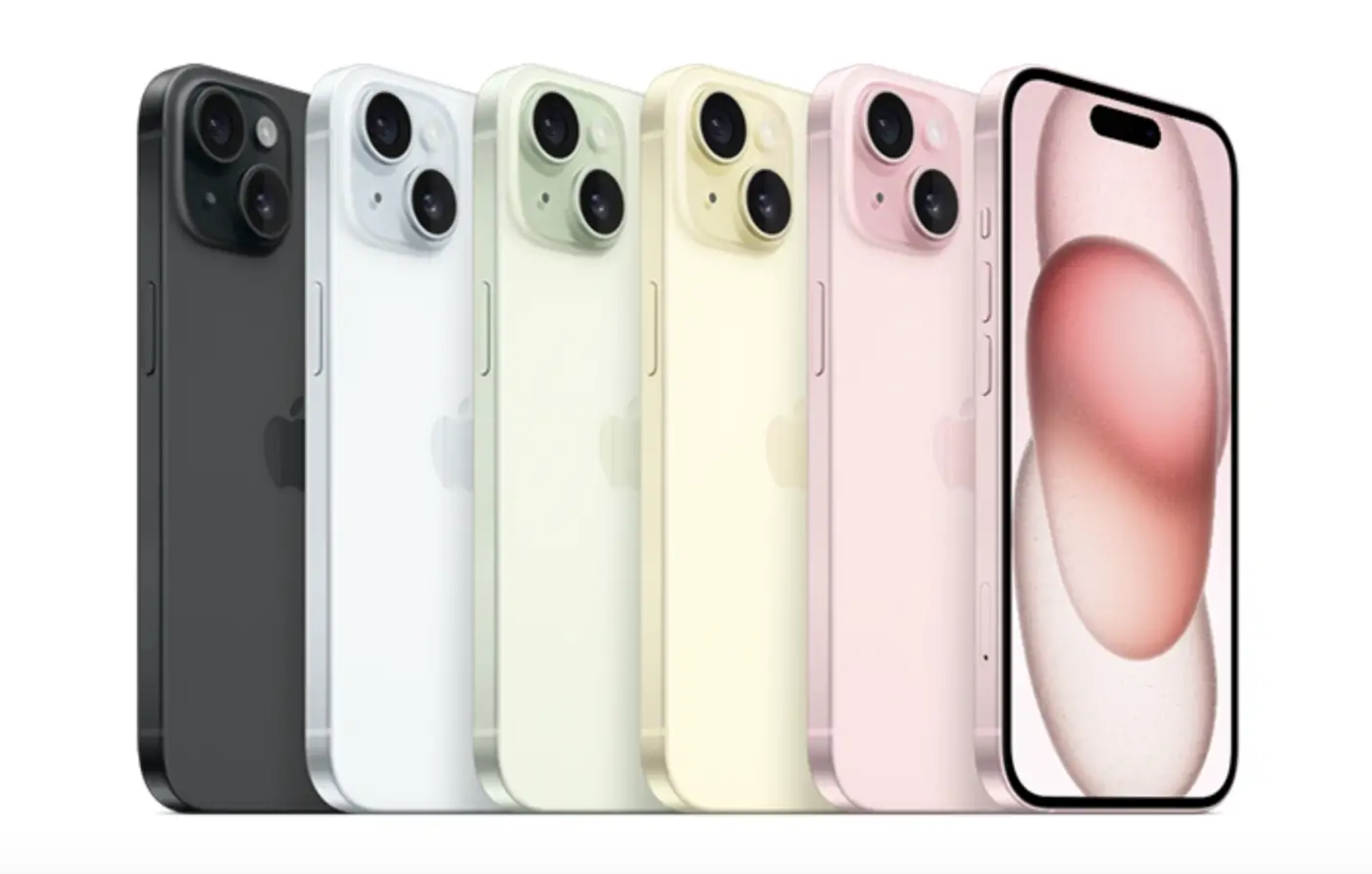
At this point, it’s too early to tell if the iPhone 15 series will suffer the same disadvantages as its predecessors, although the lack of any promises on Apple’s behalf regarding improved battery performance doesn’t seem too encouraging. Perhaps the presence of USB-C technology on the iPhones might lead to greater strides in improvement over time, but at the moment it’s clear that competing brands have the upper hand over Apple, at least when it comes to more future-proof battery technology.
What do you think – is Apple’s adoption of USB-C enough, or is there a lot more that the company can improve upon? Let us know in the comments below!

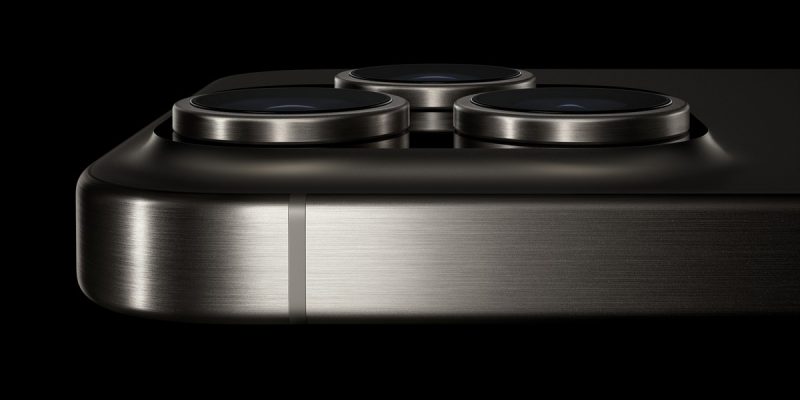
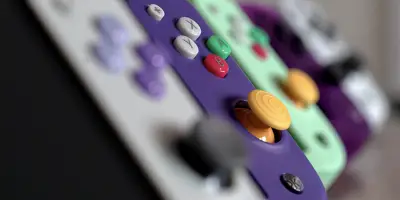

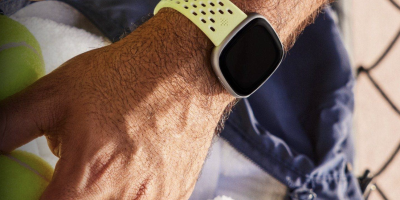






Comments